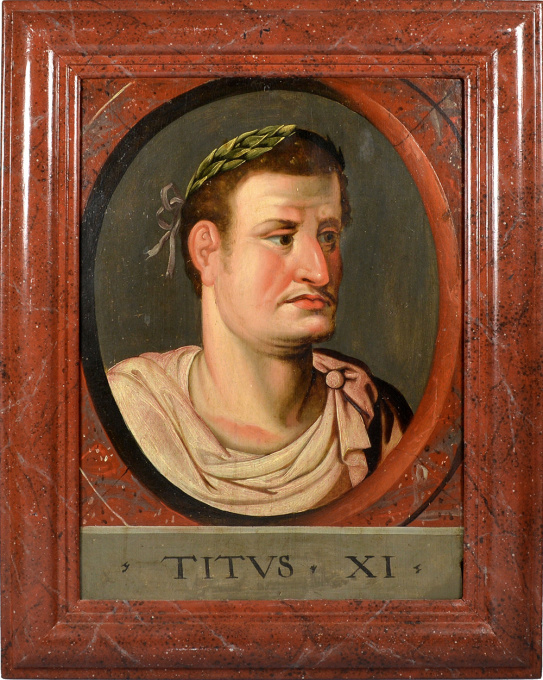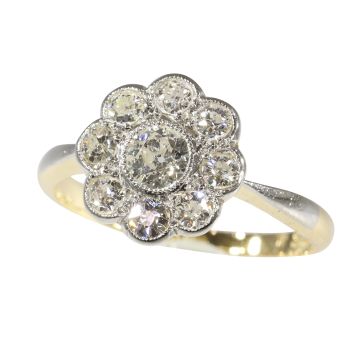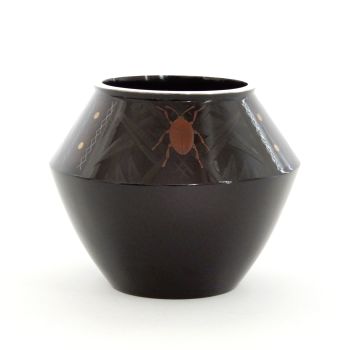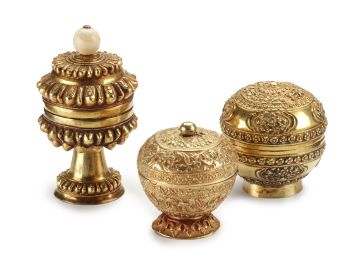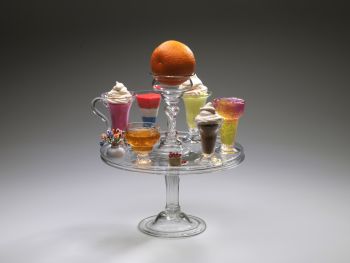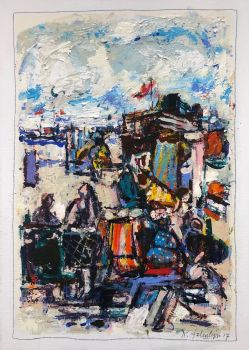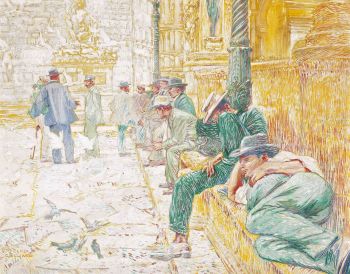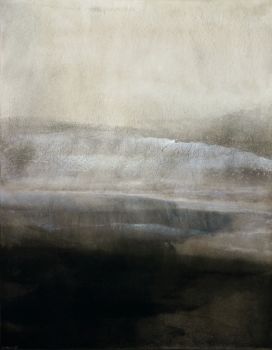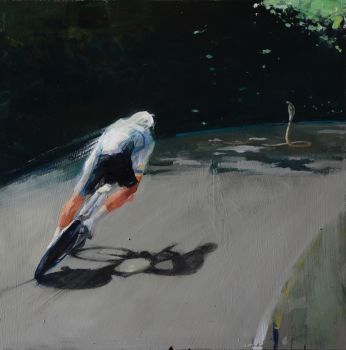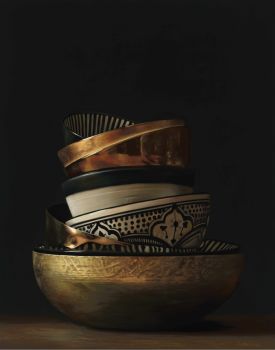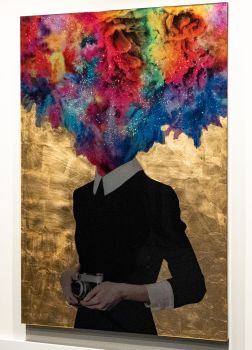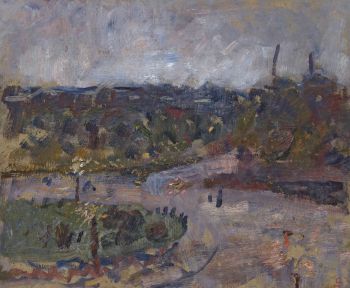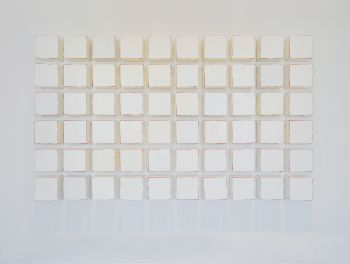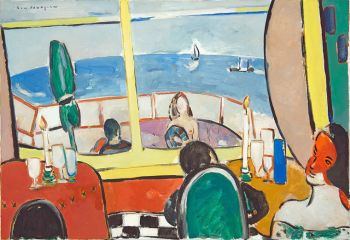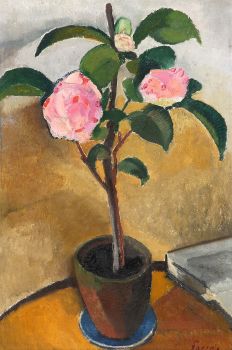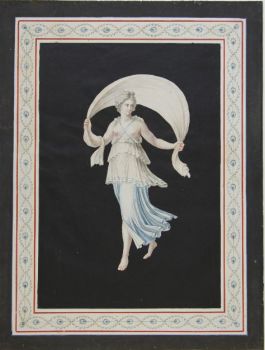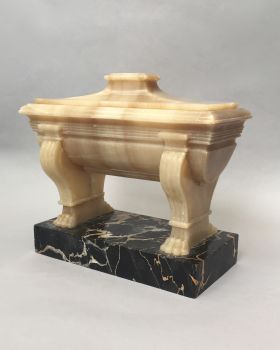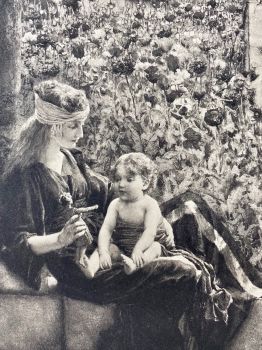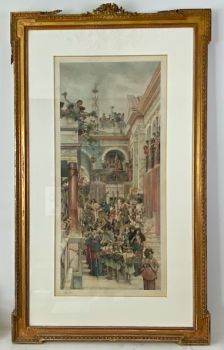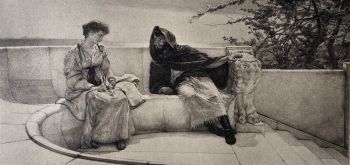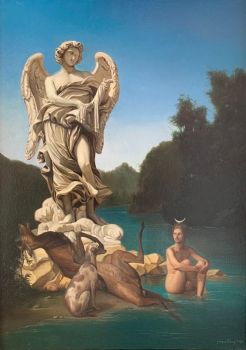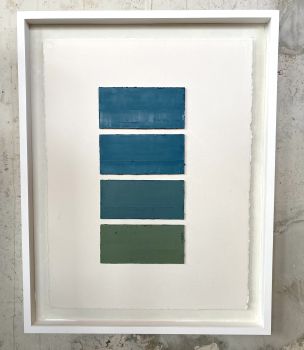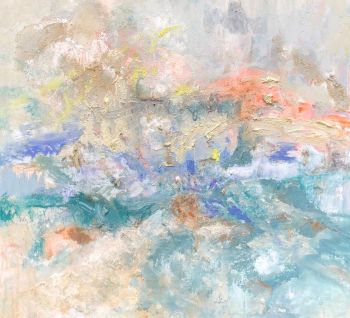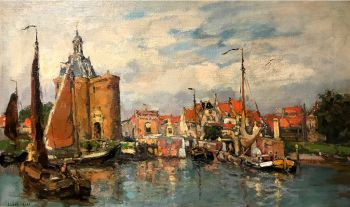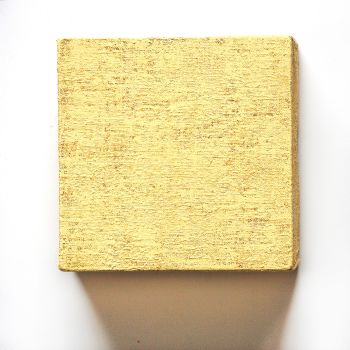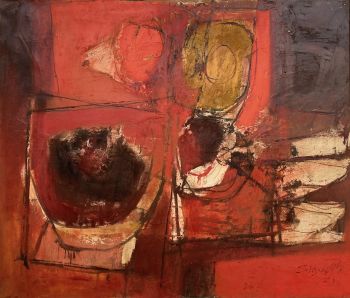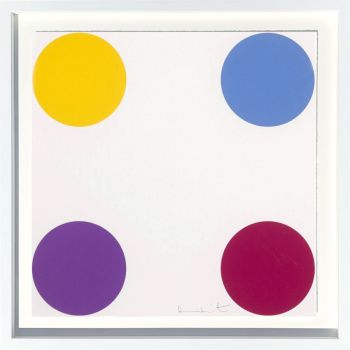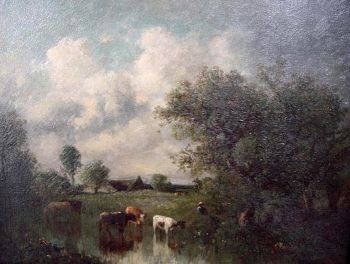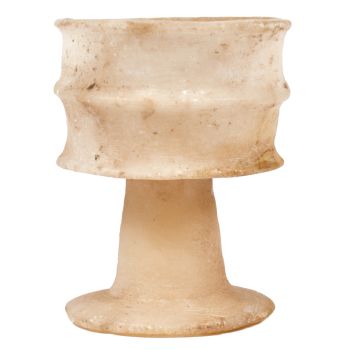Two Roman ‘Twelve Caesars’ paintings of Vespasian and Titus, 17th century 1626 - 1700
Unknown artist
Oil paintPaint
Currently unavailable via Gallerease
Jongeling Numismatics & Ancient Art
- About the artworkItalian school, after Peter Paul Rubens
Two portraits from the range of the ‘Twelve Caesars’. Three-quarter laureate portraits in oval. The name of the emperor below with Roman numeral.
Oil paint on wooden panel, in modern frame
Based on the series of twelve bust-length portraits of Roman emperors originally painted by Peter Paul Rubens in about 1626. He painted the first twelve emperors whose lives were documented by the Roman author Gaius Suetonius Tranquillus, a popular theme in the 17th century.
Suetonius’ work has also had a significant impact on coin collecting. Even in Rubens’ time, collecting the twelve caesars in gold and silver was a popular pursuit for collectors of Roman coins.
Dimensions: 450 x 350 mm - About the artist
It might happen that an artist or maker is unknown.
Some works are not to be determined by whom it is made or it is made by (a group of) craftsmen. Examples are statues from the Ancient Time, furniture, mirroirs, or signatures that are not clear or readible but as well some works are not signed at all.
As well you can find the following description:
•“Attributed to ….” In their opinion probably a work by the artist, at least in part
•“Studio of ….” or “Workshop of” In their opinion a work executed in the studio or workshop of the artist, possibly under his supervision
•“Circle of ….” In their opinion a work of the period of the artist showing his influence, closely associated with the artist but not necessarily his pupil
•“Style of ….” or “Follower of ….” In their opinion a work executed in the artist’s style but not necessarily by a pupil; may be contemporary or nearly contemporary
•“Manner of ….” In their opinion a work in the style of the artist but of a later date
•“After ….” In their opinion a copy (of any date) of a work of the artist
•“Signed…”, “Dated….” or “Inscribed” In their opinion the work has been signed/dated/inscribed by the artist. The addition of a question mark indicates an element of doubt
•"With signature ….”, “With date ….”, “With inscription….” or “Bears signature/date/inscription” in their opinion the signature/ date/ inscription has been added by someone other than the artist
Are you interested in buying this artwork?
Artwork details
Related artworks
Unbekannter Künstler
Art nouveau en art déco objecten1900 - 1930
Preis auf AnfrageBob J. Shimanovich Kunsthandel
Unbekannter Künstler
Japanese art deco lacquervase with Scarab beetle motif1920 - 1950
Preis auf AnfrageDille Art
Unbekannter Künstler
Salver oder Tazza mit Orangenglas, Gelee und Puddinggläsern.1750 - 1755
Preis auf AnfragePeter Korf de Gidts - Antiquairs
1 - 4 / 12- 1 - 4 / 24
Unbekannter Künstler
Set of eight gouache drawings1799 - 1801
Preis auf AnfrageRobert Schreuder Antiquair
Unbekannter Künstler
Two Centaurs, France or Italylate 18th
Preis auf AnfrageRobert Schreuder Antiquair
Lawrence Alma-Tadema
"Caracalla and Geta: Bear Fight in The Coliseum, AD 203" 1907
Preis auf AnfrageGallerease Selected
 Kuratiert von
Kuratiert vonDanny Bree
Unbekannter Künstler
Diamantarmband aus dem 18. Jahrhundert mit 2000 Jahre alten Intaglios1790
€ 23.000Adin Fine Antique Jewellery
 Kuratiert von
Kuratiert vonDanny Bree
1 - 4 / 20Rene Rietmeyer
“NETHERLANDS BRABANT NOVEMBER 2000”2000
Preis auf AnfrageEuropean Cultural Centre Collection
1 - 4 / 24- 1 - 4 / 12


